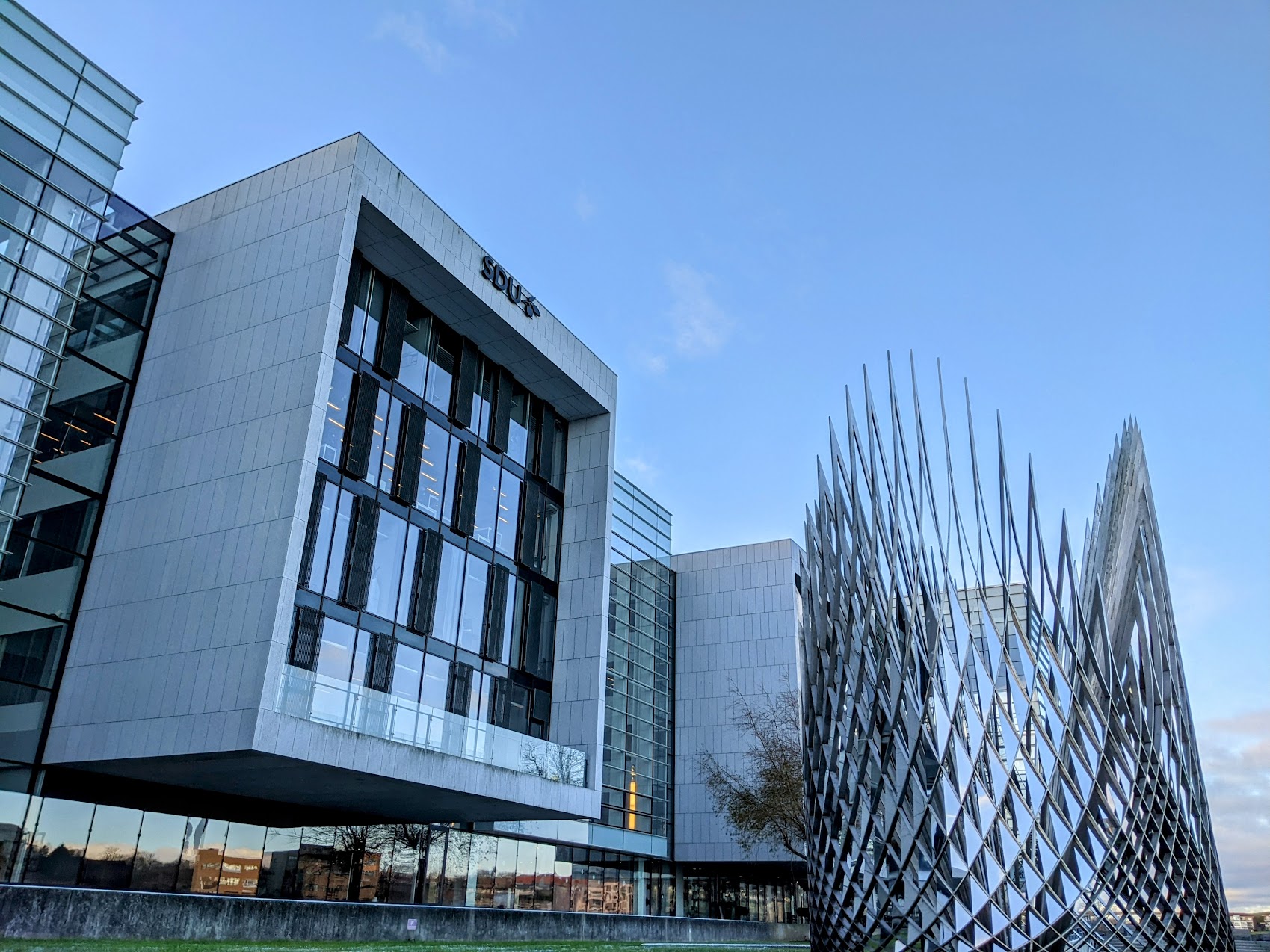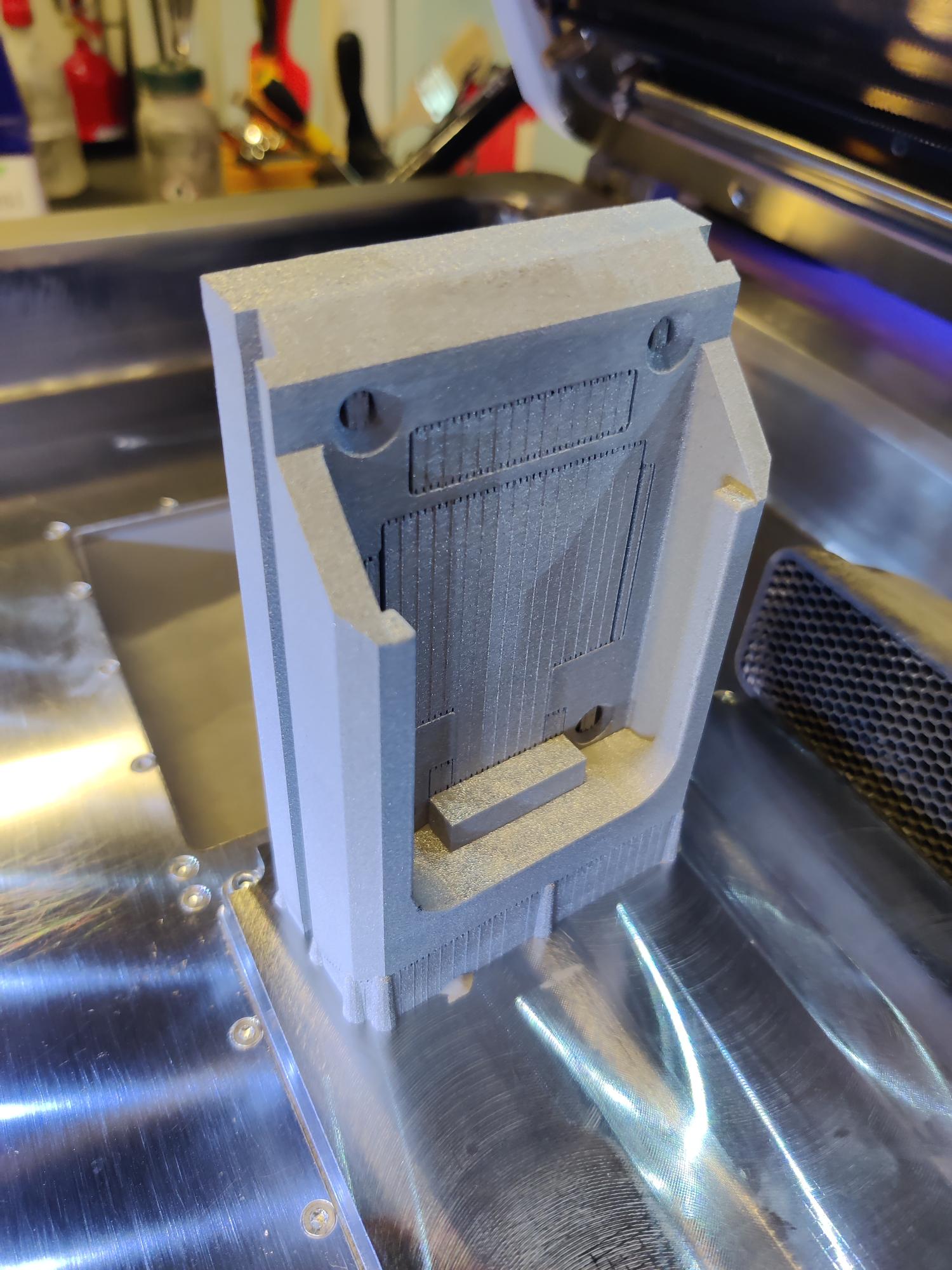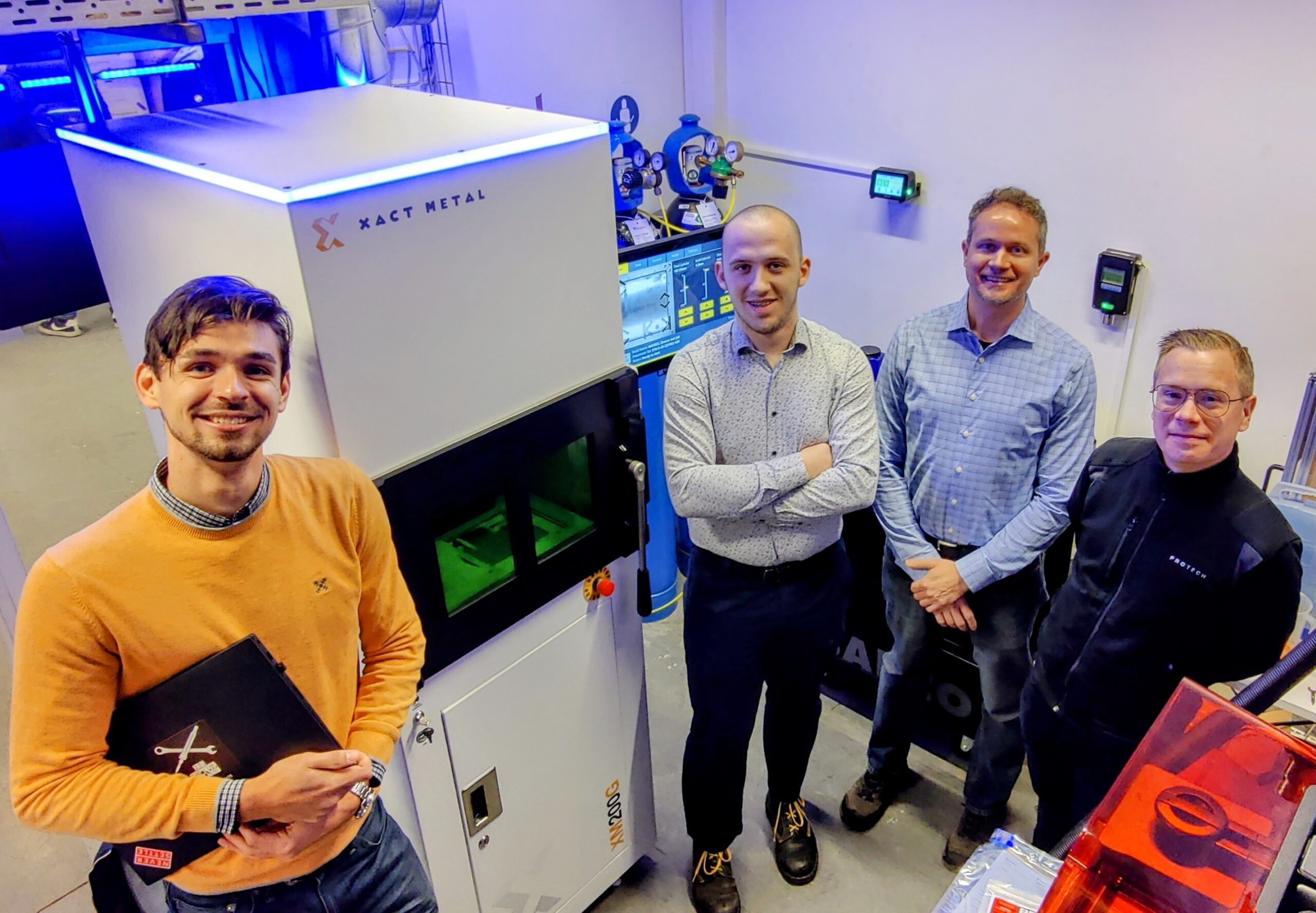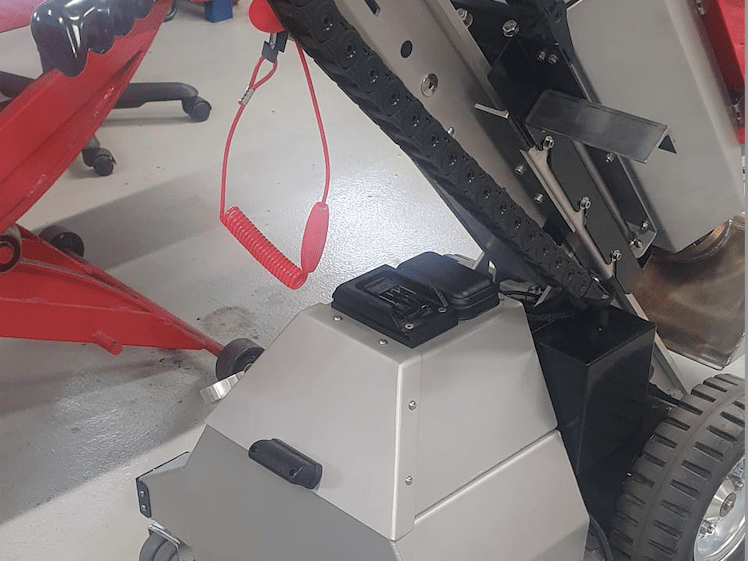The University of Southern Denmark (SDU) in Sønderborg is known for its innovative research and development work. When they received a grant to establish leading-edge mechanical and manufacturing facilities (in the context of mechatronics), they used the opportunity to explore metal 3D printing, as it is an area of technology that is still relatively new in Denmark. The university hoped to become a hub for local industry and spark interest in metal 3D printing.


SDU has always had a strong connection with local industry, and they regularly host “Industry Days” where businesses can present their problems to SDU’s team, and they will work to solve them. They also visit local businesses to see what they are working on and often come away with new collaborations. It was during one of these visits that Zirocco, a company that produces world-leading jet dryers, approached SDU to improve the watertight battery casing on their product.
Zirocco’s original design was a bulky chunk of steel, as it was originally designed for conventional CNC machining, with unnecessarily thick walls (~10mm). SDU recognized this and quickly got to work redesigning the battery casing for metal 3D printing. After a few design optimizations and trial prints, they were able to reduce the wall thickness by a factor of 10, thus saving material and reducing waste. SDU’s team delivered 10 pieces to Zirocco, who was surprised by how lightweight the parts were and how fast they were manufactured. These 10 pieces designed, printed, and delivered by SDU went right into Zirocco’s production. It was great for the SDU team to see that these are not just prototypes, but actual commercialized products.
SDU initially used the Xact Metal XM200C metal 3D printer to produce the redesigned battery casing. However, they were printing so much that they decided to upgrade to the larger and faster XM200G. The transition resulted in a 75% reduction in printing time for the battery casing, from 25 hours to just 6 hours, using parameters SDU developed internally. Andrei-Alexandru Popa, the lead of the 3D printing team at SDU, noted that the defining feature of the Xact Metal system was its ease of use and the ability to tweak it towards exploratory settings.


Overall, the SDU team felt that they had succeeded in their mission to be a “pole of interest” by spreading knowledge and awareness of the possibilities of metal 3D printing to local industry. They demonstrated that metal 3D technology not only allows you to design more effective parts but can also be cost-effective. Zirocco’s core product offering was optimized, thanks to their collaboration with SDU, resulting in a more efficient and effective product.